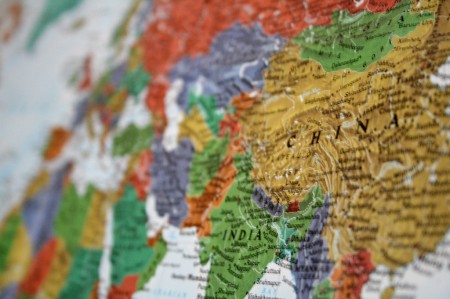
This article was originally published by the Institute for Security Studies (ISS) on 5 January 2017.
Africa will miss most of the internationally-agreed Sustainable Development Goals (SDGs) by the target date of 2030. But it might just reach ‘escape velocity’ enabling it to break out of its extreme poverty orbit by 2045 or 2050.
This is the sense of experts who participated in a seminar on Africa’s future at the Institute for Security Studies (ISS) in Pretoria recently.
‘Almost no Sustainable Development Goals will be met without truly revolutionary improvements in governance and the way services are delivered,’ said ISS chairperson Jakkie Cilliers, who also heads the institute’s African Futures and Innovation programme. Even in an optimistic ‘Africa Rising’ scenario projected by the ISS, most African countries would not meet the 17 SDGs.
The principle SDG is to eliminate poverty. But extreme poverty (quantified as living on US$1.90 per person, per day or less) was unlikely to be eliminated by the 2030 SDG target date in any plausible scenario, Cilliers said.




